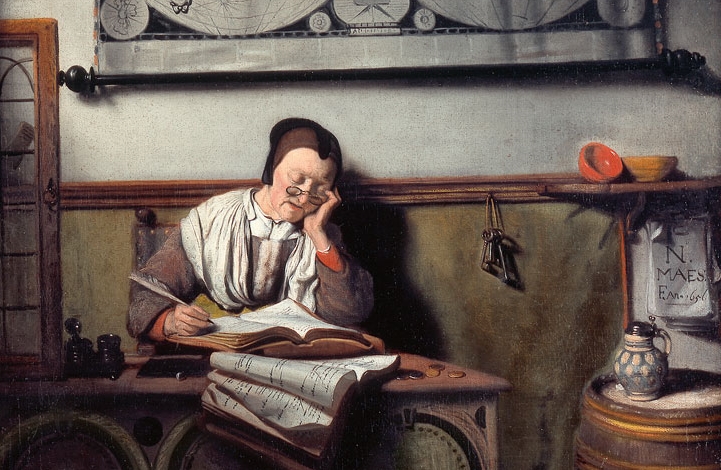Current economic and political world is going through extraordinary times. The pandemic and the reaction to it has caused huge public deficits, extremely low interest rates, higher than usual growth in the supply of money, and faster increases in consumer and producer prices.
One of the debates which has intensified recently is to what extent is lax monetary policy causing the increase in the price inflation. Central banks all over the world, motivated by the aim to stimulate economy, have created vast amounts of new money.
DOWNLOAD FULL STUDY [PDF]
At first, the prominent central banks have been quite successful in convincing the public that the increased consumer price inflation – which has been significantly above the threshold of 2% – is transitory, and that it is mainly caused by the non-monetary reasons, e.g., problems in the supply chains.
Now, when price inflation is accelerating, it becomes more difficult to deny that at least some of the changes in the price inflation are of monetary nature.
The empirical evidence of this matter is not conclusive. The relationship between money supply and price inflation is not strict, especially in the short term. This raises important questions.
In what way monetary policy, in particular – the money supply, is responsible for the dynamics of prices in the economy? What is the negative side of low interest rates and higher pace of growth in the money supply? Is the possibility to finance huge public deficits through monetary policy a “free lunch”? Or are we all being taxed by inflation? How does the monetary policy change the behaviour of economic actors with respect to money?
Current extraordinary circumstances in terms of monetary policy and price inflation is the time to revisit some of the basic economic relationships.
This paper will investigate the relationship between monetary policy and prices, or more specifically – the supply of money and consumer prices. At first, we will look at the empirical data on the money supply and consumer price inflation in the Eurozone. Then we will discuss two very different theoretical approaches to the analysis of the connection between money supply and prices.
The first will be based on the quantity theory of money, and the second will be the subjectivist approach to the demand for money. The subjectivist approach, mostly developed by the Austrian school of economic thought, may suggest an explanation which supplements the quantity theory in reasoning about the connection between money supply and prices. Lastly, we will discuss the findings of the paper and will draw some conclusions.
Continue exploring:
What Is Happening with Money and Prices?
Day of Respect for Taxpayers: We All Are VIP Clients of Public Institutions



